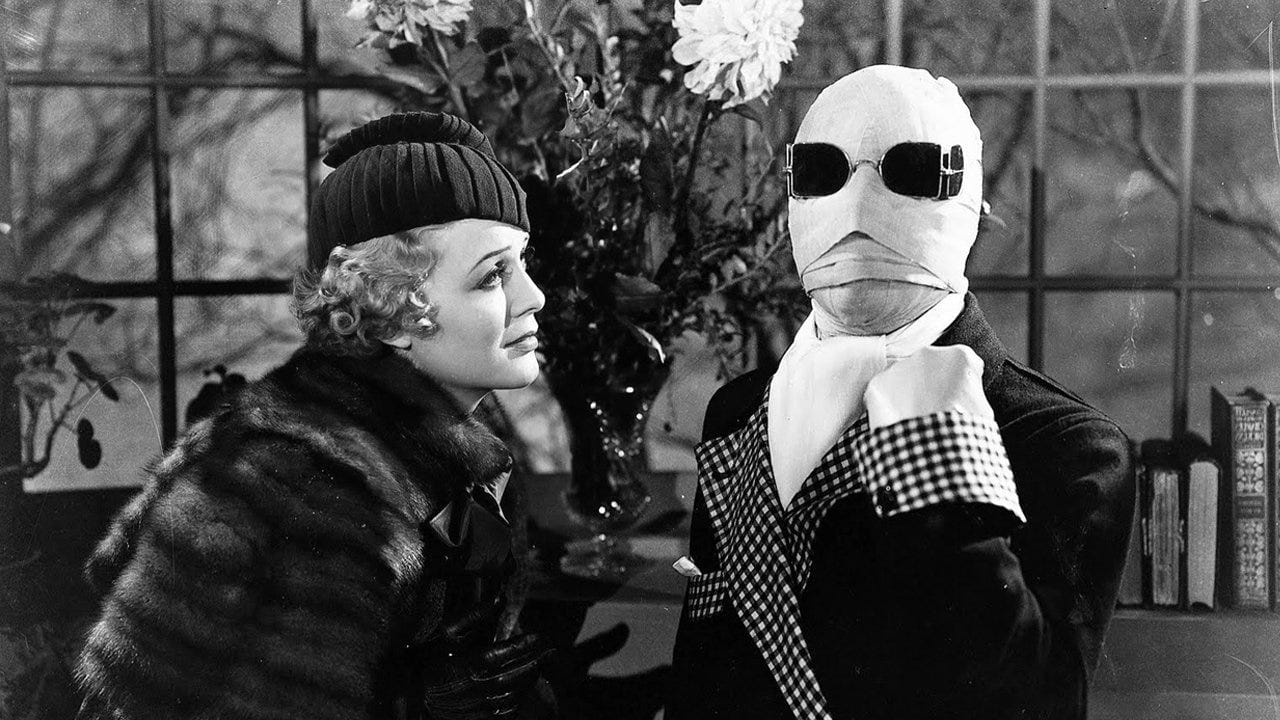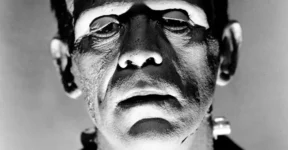
Horror thrives on what we can see: the grotesque monster, the dripping blood, the sudden jump scare. But what happens when the source of our fear remains hidden? Sci-fi horror masterfully exploits this primal fear of the unseen, creating a tension that lingers long after the credits roll. While traditional horror relies on shocking visuals, sci-fi horror often keeps its monsters shrouded in mystery, amplifying our anxiety and forcing us to confront the terrifying power of our own imaginations. H.G. Wells’ The Invisible Man (1897) serves as a prime example. While the novel explores the psychological and social consequences of invisibility, modern adaptations like Hollow Man (2000) and The Invisible Man (2020) lean into the terrifying potential for violence when the perpetrator is unseen. These films tap into a deep-seated fear: the feeling of being watched, hunted, or harmed by an unseen terror.
The 1987 film Predator takes a similar approach. The alien hunter, with its cloaking technology, becomes a terrifying embodiment of the unseen threat. The audience, along with the characters, are left in a state of constant suspense, wondering where the predator lurks and when it will strike. The evidence of its brutal kills only heightens the fear, creating a palpable sense of dread.
Invisibility in sci-fi horror is rarely a superpower used for good. It’s often the result of a mad scientist’s experiment gone wrong, a technological advancement twisted into a weapon. The unseen antagonist becomes a symbol of our anxieties about unchecked scientific progress and the potential for technology to be used for malicious purposes. Even in the supposed safety of our own homes, the possibility of an invisible presence lurking nearby creates a chilling sense of vulnerability.
Which one is more fearful: the horrors you can see or those you can’t? Do you think “cloaking technology” that can make a person invisible will ever go mainstream? We’d love to hear from you.
Other Things You Might Want to Know
Horror films where you can’t really see the monsters/villains:
- It Follows (2014)
- Oculus (2013)
- The Blair Witch Project (1999)
- Paranormal Activity (2007)
- Cube (1997)
- The Endless (2017)
- Final Destination (2000)
- Vivarium (2019)
- Bird Box (2018)
- Hereditary (2018)
Some adaptations of H. G. Wells’ The Invisible Man:
| Films |
| The Invisible Man (1933) |
| The Invisible Man Returns (1940) |
| The Invisible Woman (1940) |
| Invisible Agent (1942) |
| The Invisible Man’s Revenge (1944) |
| Abbott and Costello Meet the Invisible Man (1951) |
| Memoirs of an Invisible Man (1992) |
| Hollow Man (2000) |
| Hollow Man 2 (2006) |
Does Wells’ The Invisible Man hold scientific accuracy of any sort?
No. A person cannot become completely invisible without also becoming blind. Human vision relies on light being absorbed and reflected by the eye. If light passes completely through the eye, as would be the case with a truly invisible person, vision would be impossible.







